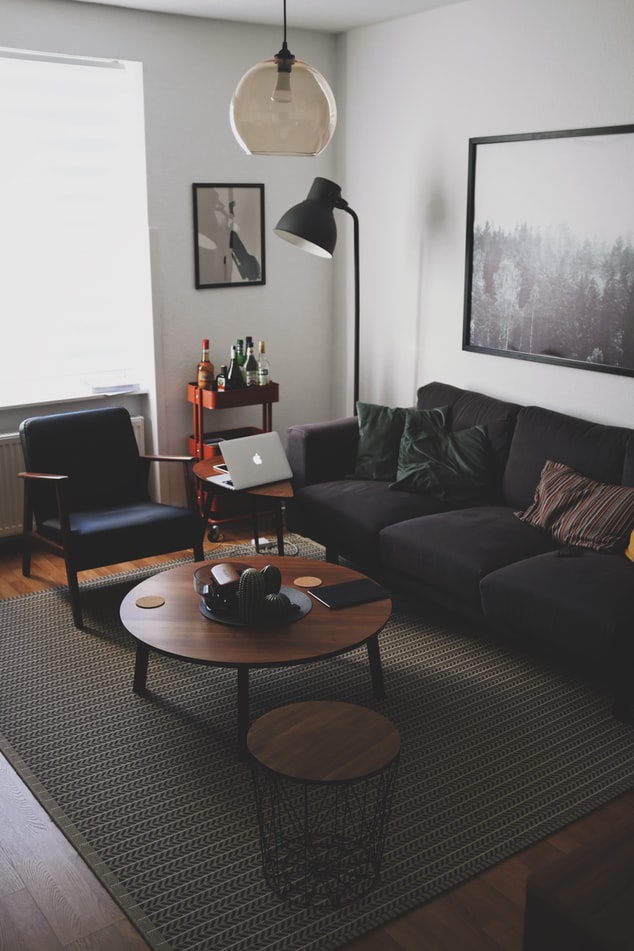
Source: Unsplash | Thanos Pal
Your home could be having more of an impact on yours and your family’s health than you realize. If you don’t resolve to make your humble abode a far healthier place to live in, you could be breathing in or drinking a host of harmful contaminants every single day.
Creating a healthier home is important, especially if you have kids. Read on to find out how you can set about this all-important task:
Invest in a high-efficiency furnace
The more efficient your home’s furnace is, the more health benefits you and your family stand to reap. With such equipment fitted into your home, the air that you breathe in will be a lot cleaner — the furnace will filter out harmful air impurities such as mold and dust, meaning you will no longer find yourself at the mercy of certain allergies and irritations.
How does a furnace work? As stated on www.actionfurnace.ca, this kind of HVAC setup uses variable speed motors to ensure that heat levels are kept even and uniform throughout the whole home. As they are, for the most part, powered by either natural gas or electricity, this kind of equipment is also incredibly eco-friendly. Invest in one, then, and you won’t just be protecting yourself… you’ll be protecting the environment as well.
Filter your tap water
There are a plethora of health-related reasons why you should be filtering your tap water. Here are six of them:
- Filtered water is devoid of chlorine, chemicals, contaminants, and metals
- Point-of-use filters provide water that doesn’t have any lead in it
- It cuts out the need to purchase bottled water (the plastic can leach into the bottle and create a harmful chemical known as Bisphenol A
- Byproducts, such as Trihalomethanes, that are reported to cause certain cancers are not found in filtered water
- The pH level of filtered water is far more balanced than other kinds of water
- Cryptosporidiumand e-coli aren’t found in filtered water, meaning it doesn’t cause as many gastrointestinal problems
Fill your home with indoor plants
Indoor plants bring with them a host of health benefits, mainly due to the way they filter and clean the air; they absorb CO2 and release oxygen, they increase humidity, they reduce pollutant and airborne dust levels, and they help to keep the temperatures down. You should, then, look to fill every corner of your home with plants and foliage that thrive when placed in indoor settings.
Worried that you wouldn’t be able to keep your indoor plants alive? Fear not, as don’t necessarily have to be green-fingered to succeed at this task. All you have to do is:
- Keep the soil moist (using water that is room temperature)
- Place them in well-lit rooms
- Resist the urge to move your plants around a lot
- Fill the pot with a balanced fertilizer
- Prune the plants regularly
Never listen to the old wives’ tale that coffee is good for indoor plants — it’s not! Besides, tipping what remains of your morning brew will only attract flies and other insects into your home.
